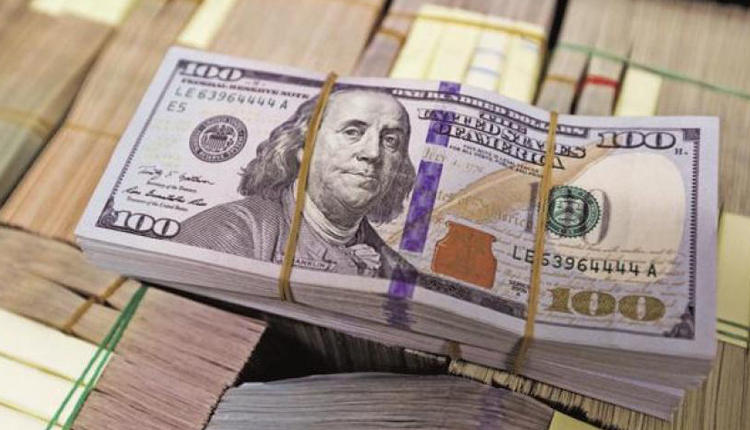Dollar fell versus its peers on Thursday after the Federal Reserve took a dovish turn at its latest policy meeting, a shift that stoked broader investor sentiment and supported currencies such as the Australian dollar and the euro.
The U.S. central bank held interest rates steady as expected but discarded pledges of “further gradual increases” in interest rates, and said it would be “patient” before making any further moves.
“The responsive reaction by the Fed means that the chances of a recession have faded,” said Michael McCarthy, chief markets strategist at CMC Markets.
The dollar index, a gauge of its value versus six major peers, fell around 0.1 percent to a three-week low of 95.26, having already fallen 0.43 percent overnight.
“The dollar index can hit 93.5 if the support level of 95 is broken,” McCarthy said. “I expect commodity currencies such as the Aussie, Kiwi and Canadian dollar to do well.”
The Australian dollar added 0.2 percent to $0.7264, after rallying 1.3 percent on Wednesday, its largest percentage gain since January 4.
The Swiss franc and yen each gained around 0.15 percent versus the greenback, fetching 0.9923 and 108.87, respectively.
The Canadian dollar also gained 0.1 percent to C$1.3130, hovering near its early November highs.
The U.S. currency’s fortunes had turned down even before the Fed’s signal on Wednesday, with policymakers in recent weeks indicating that a cautious approach would be adopted following the four rate increases delivered in 2018.
Analysts have accordingly turned bearish on the dollar, which outperformed last year thanks to the rates impulse and a robust U.S. economy, as a Sino-U.S. trade war and rising pressure on global growth threaten to dent output at home.
Indeed, Fed Chairman Jerome Powell said on Wednesday the case for rate increases had “weakened” in recent weeks, citing “cross-currents” such as slowing growth overseas and the federal government shutdown making the U.S. outlook less certain.
That means the Fed is unlikely to risk putting the brakes on U.S. economic momentum, analysts say.
Global markets have been rattled by a slew of weaker than expected data out of China and Europe over recent weeks, and the International Monetary Fund (IMF) downgraded its outlook for global growth last week.
In the latest sign of weakening growth, Chinese factory activity contracted for a second straight month in January, data showed on Thursday, pointing to further strains on the economy that could heighten risks to global growth.
The euro gained 0.24 percent to $1.1504 as the dovish Fed overshadowed concerns about weakening growth in the euro zone.
The weakening momentum in the bloc led markets to price in an accommodative European Central Bank through much of 2019, likely limiting the upside for the single currency over the medium term.
Sterling, which is grappling with troubles of its own on uncertainty over a deal to avoid a chaotic British exit from the European Union, was up 0.1 percent at $1.3131.
Elsewhere, the New Zealand dollar added 0.3 percent to $0.6909, its highest level since Dec. 5. The kiwi got an extra lift after S&P Global Ratings affirmed New Zealand’s credit ratings and raised its outlook to positive, opening the door to a possible ratings upgrade.
Source: Reuters



